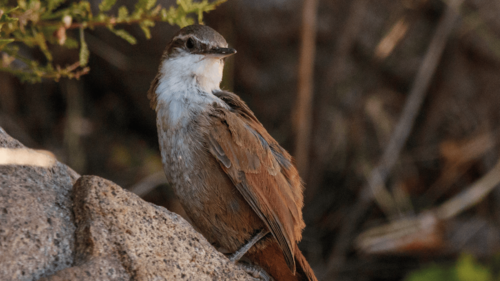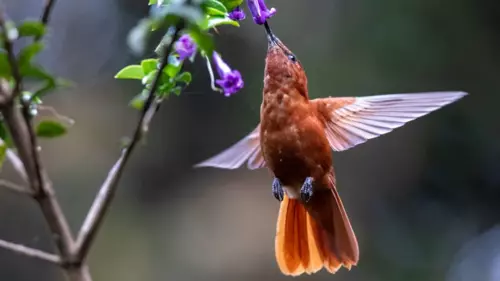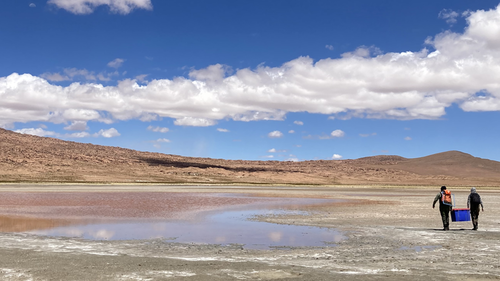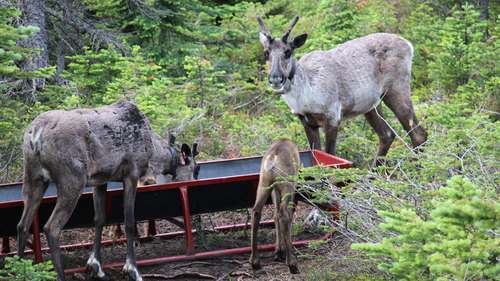Contribute to the conservation of biodiversity and integrated approaches to land-use planning
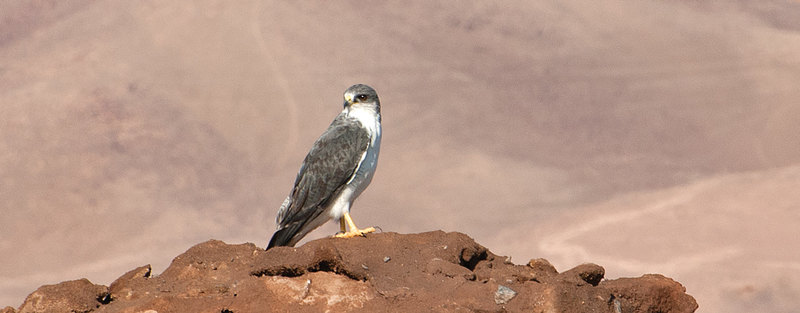
In this section
Conservation Planning
Effectively managing biodiversity and reclamation is a part of our commitment to responsible resource development, and integral to meeting regulatory requirements and maintaining community support for our activities. Stakeholders and Indigenous Peoples expect us to contribute to the conservation of biodiversity, and we work collaboratively with them to develop integrated approaches to land use and to operate in a manner that minimizes and mitigates our impacts.
Our Code of Sustainable Conduct describes how we will integrate biodiversity conservation considerations through all stages of business and production activities. Our Health,Safety, Environment and Community (HSEC) Management Standards serve as a guide to our activities in biodiversity management, among other topics.
We are committed to not explore or develop areas protected by national or regional law or designated by international organizations, including UNESCO World Heritage sites and International Union for Conservation of Nature (IUCN) category Ia, Ib, II, III or IV protected areas. Currently, none of our operations or projects are located within areas protected by UNESCO or recognized by IUCN. The road between Red Dog Operations and the port facility, which is owned by the state-owned Alaska Industrial Development and Export Authority, passes through the Cape Krusenstern National Monument, an IUCN category III protected area.
We identify protected areas, areas of high biodiversity value, and species at risk that occur within 25 kilometres of our operations and major development projects. We have used this information as an input during the development of biodiversity management plans for each operation.
Read more about our work in biodiversity and reclamation management.
Reclamation
We begin planning for mine closure before mining starts, and that work carries on throughout the lifecycle of the operation. This work is guided by our vision of achieving a net-positive impact on biodiversity in the areas where we operate. This means that the ecosystem and biodiversity of the mining area and its broader surroundings will be better off than before the mining occurred. Responsible mine closure and reclamation is a major part of achieving this vision. See our Responsible Mine Closure & Reclamation brochure for more information.
Our work in this area is externally verified by an independent third-party every year. Learn more in our sustainability report.
